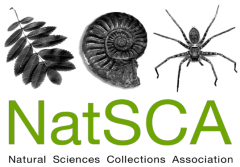The initial steps towards digitising the KwaZulu-Natal Museum’s Mollusca collection were taken in 1994. This involved the creation of a Microsoft Access database with a relatively small number of fields designed to capture the essential details of specimen provenance.South Africa has funded national institutions to create metadata which will lead to digitisation (including databasing, digital imaging, and georeferencing), by promoting and increasing access to natural history collection data to a much broader user base. However, at KwaZulu-Natal Museum, the initial progress was very slow, due to problems with database design and lack of expertise. In 2014, a pilot project was initiated to use GEOLocate Web Application to georeference collection records of the Bivalvia database which already have locality descriptions but lack geographic information. Subsequently, the digitised Bivalvia data have been supplied to help big science projects in South Africa. It is anticipated that the records will ultimately be linked to other databases, and used to update coordinates to these other datasets.
